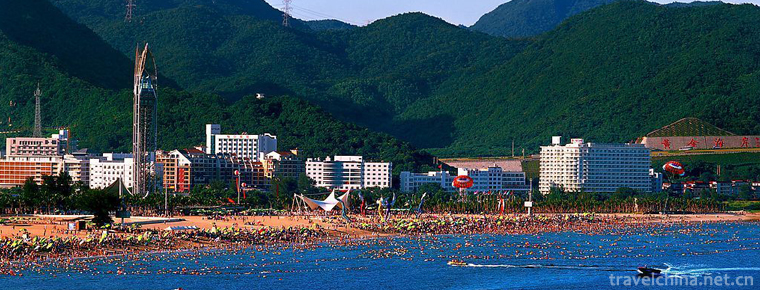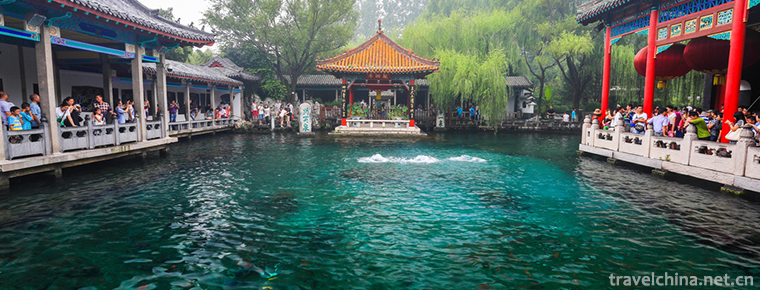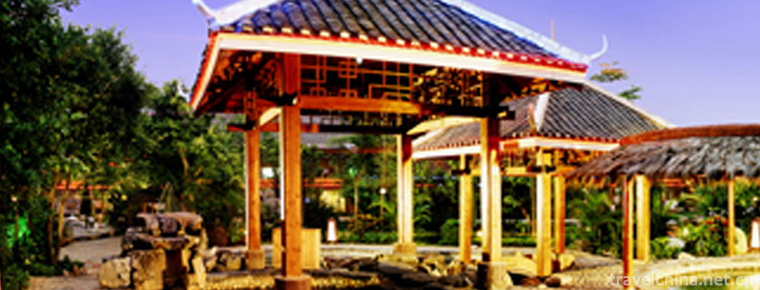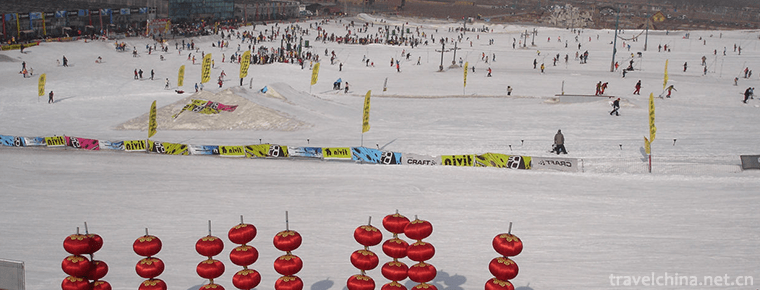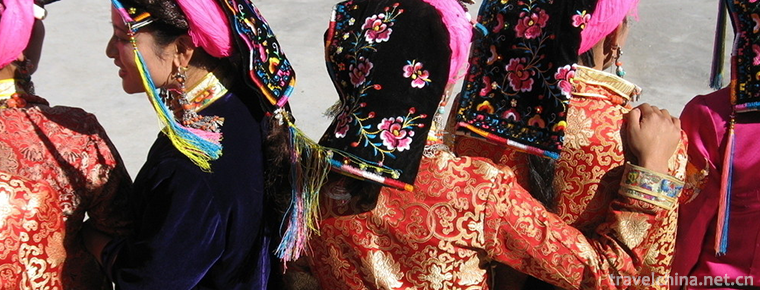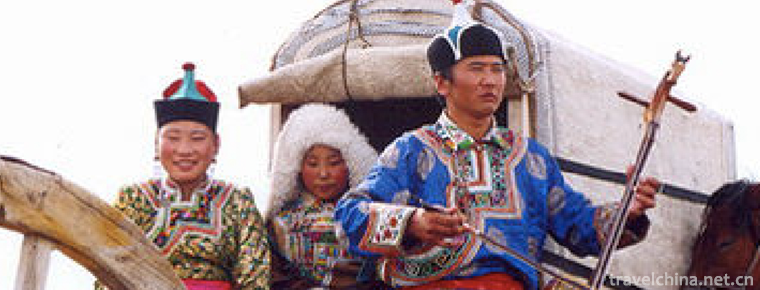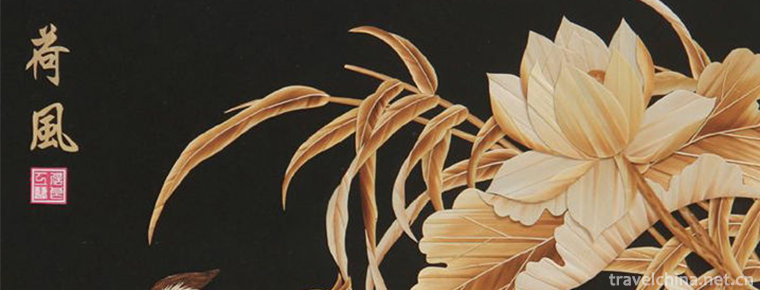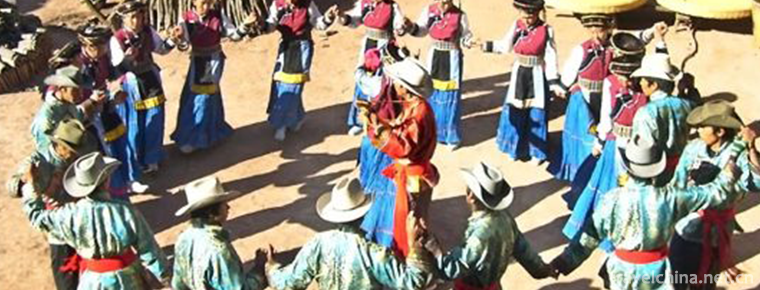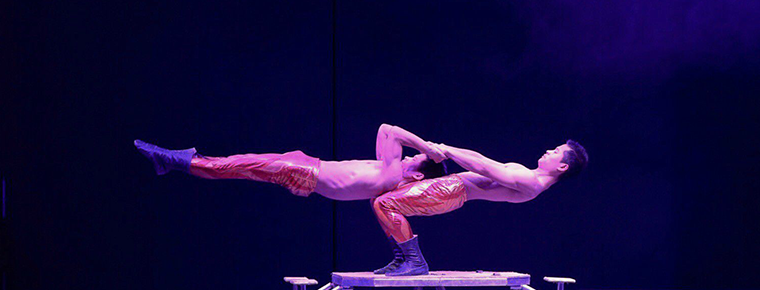Neijiang in the new China period
Neijiang in the new China period
From December 5 to 15, 1949, the people of Neijiang and other eight counties declared liberation one after another. In 1950, the office of Zizhong Commissioner moved to Neijiang and was renamed Neijiang special area. It has jurisdiction over Neijiang, Zizhong, Ziyang, Jianyang, Renshou, Weiyuan and other counties. In 1951, the county-level Neijiang City was set up in Neijiang county and its outskirts, and the county, city and county were located in the same city. In 1968, the district was changed into a district.
In 1985, Neijiang was abolished as a prefecture level Neijiang City, and the former Neijiang City was changed to be the Central District of Neijiang City. In 1989, Neijiang county was abolished and replaced with Dongxing District, which, together with Shizhong District, is a county-level district directly under Neijiang City. At the same time, it also administers seven counties, including Zizhong, Ziyang, Jianyang, Weiyuan, Lezhi, Anyue and Longchang, with a total area of 13340 square kilometers.
In 1995, Ziyang County was changed into county-level Ziyang City, and in 1996 Jianyang county was changed into county-level Jianyang City, all of which were managed by Neijiang City directly under Sichuan Province. In February 1998, according to the decision of the State Council, the administrative division of Neijiang City was readjusted again. Ziyang, Jianyang, Lezhi and Anyue counties and cities were delimited, and Ziyang district was established. Neijiang City has jurisdiction over Shizhong District, Dongxing District, Zizhong County, Weiyuan County and Longchang city.

-
Dameisha Beach Park
Dameisha Beach Park was built on June 18, 1999 with a total investment of 120 million yuan.
Views: 229 Time 2018-10-12 -
Baishuiyang Yuanyangxi Tourist Area
Baishuiyang Mandarin Creek is located in Pingnan County, Ningde City, Fujian Province. It is 170 kilometers away from Fuzhou and 101 kilometers away from Ningde.
Views: 170 Time 2018-12-08 -
Jinan World First Spring Scenic Area
Jinan World No. 1 Spring Scenic Area, located in the center of Jinan City, Shandong Province, is a national AAAAA-level tourist attraction, national key park, advanced unit of national spiritual civil.
Views: 186 Time 2018-12-08 -
Mount Jiuhua Scenic Area
Jiuhua Mountain Scenic Spot is located in Anhui Province, China. The northwest is across the Yangtze River and Tianzhu Mountain, and the Southeast .
Views: 110 Time 2018-12-08 -
Lianhuashan Ski Resort
Located in Zhangzhen, Shunyi District, Beijing, Lianhuashan Skiing Ground covers an area of more than 1 million square meters and was opened on December 19, 2003..
Views: 202 Time 2019-01-29 -
Tibetan costume
Tibetan costumes Tibetan men's clothes are divided into three categories: labor dress, superfluous dress and warrior dress. Women's clothes change greatly in festivals, major events in life and etique.
Views: 201 Time 2019-04-05 -
Horqin Chaoer Epic
Horqin epic is a local tradition of Mongolian heroic epic. It is the only living epic in Horqin area of Inner Mongolia Autonomous Region. "Chao Er Playing Method", "Overtone Playing Met.
Views: 130 Time 2019-05-09 -
Wheat straw cut and paste
Straw clipping is a traditional folk handicraft. Also known as "wheat straw clipping", "wheat straw clipping". Using the natural luster of wheat straw and the characteristics of ru.
Views: 220 Time 2019-05-16 -
Pumi rubbing
Pumi nationality rubbing "rubbing consultation" is Pumi language, "rubbing" means dancing, "rubbing" means dancing, that is, dancing. When dancing, the leader strikes the.
Views: 307 Time 2019-06-09 -
Wuqiao acrobatics
Wuqiao acrobatics is a traditional folk acrobatics art in Hebei Province. Referring to the "acrobatics town" people are often referred to as Wuqiao County, Cangzhou City, Hebei Province. Acc.
Views: 120 Time 2019-06-29 -
Yidege Ink Making Skills
Yidege is a local traditional handicraft in Beijing. It is well-known for producing ink. The products have bright ink, rich and light colors, fluent writing, moderate concentration, strong fragrance, .
Views: 172 Time 2019-07-11
